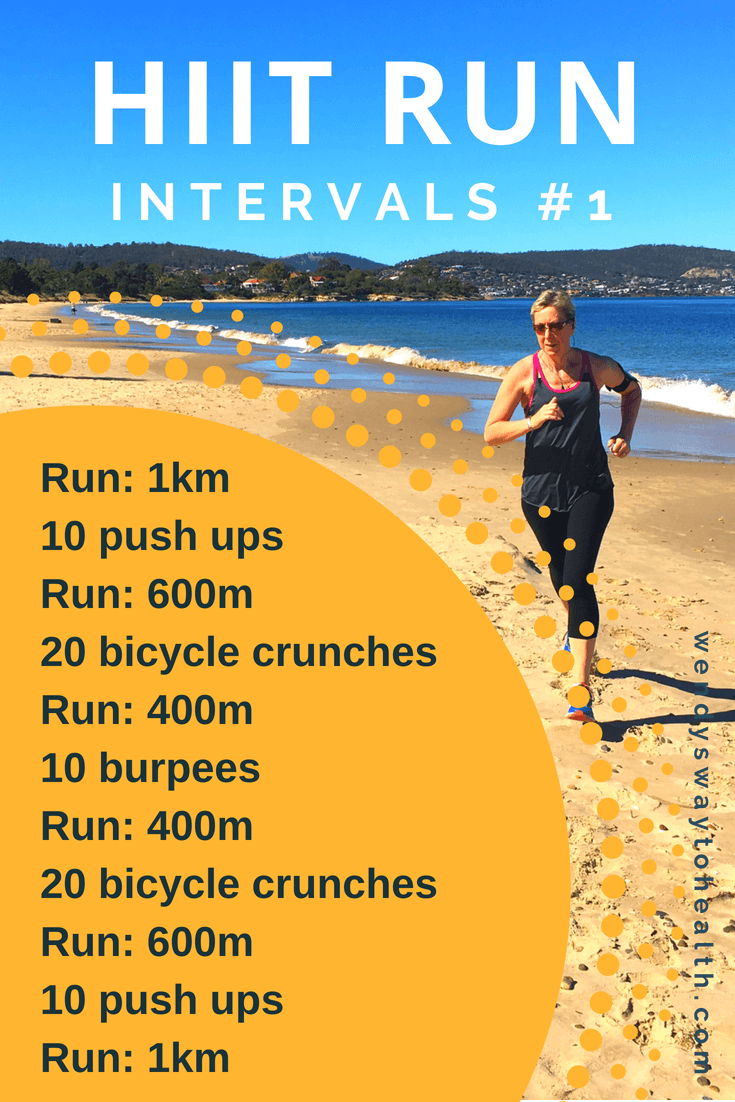Running Workout Tips: Boost Your Efficiency Today
Running Workout Tips: Boost Your Efficiency Today
Blog Article
The Ultimate Guide to Taking Care Of Discomfort When Running
For runners, experiencing pain throughout runs is not uncommon, and understanding just how to efficiently handle and avoid it can make a substantial difference in your general performance and enjoyment of the sporting activity. Whether you are a skilled marathoner or just beginning your running trip, understanding the various kinds of discomfort that can arise and the methods to resolve them is critical. From pre-run warm-up routines to proper footwear choice, there are countless factors to think about when it pertains to managing discomfort while running. This thorough guide will certainly equip you with the knowledge and tools necessary to browse through the discomfort and encourage you to achieve your running goals with higher simplicity.

Recognizing Various Sorts Of Running Discomfort
When running, it is necessary to compare various sorts of pain to protect against injuries and make best use of performance (Read More). One usual kind of pain that runners might experience is muscular tissue pain, which normally develops from the tension placed on muscles throughout exercise. This sort of discomfort is usually a typical part of the running process and can be managed via correct warm-up, cool-down, and stretching regimens
An additional sort of discomfort to be aware of is joint pain. Joint discomfort can indicate concerns such as overuse, improper type, or underlying problems like arthritis. Overlooking joint pain can bring about much more serious injuries, so it is crucial to deal with any kind of pain promptly and potentially look for specialist advice.
Furthermore, sharp or stabbing discomforts need to not be ignored. These kinds of discomfort can signify acute injuries such as strains, sprains, or anxiety cracks - running strategy. Remaining to go through these sorts of discomfort can exacerbate the injury and extend healing time

Pre-Run Warm-Up and Stretching Routine
To prepare the body for a running session, applying an efficient pre-run warm-up and extending regular is vital. A proper workout assists increase blood circulation to the muscle mass, improves versatility, and decreases the threat of injury throughout the run. By incorporating a regular pre-run warm-up and extending routine right into your running program, you can optimize efficiency and minimize the threat of discomfort or injury.
Correct Footwear Option and Fit
Choosing appropriate shoes that fits well is crucial for joggers to stop pain and decrease the threat of injuries. Ill-fitting footwear can result in sores, black toenails, shin splints, and various other excruciating conditions that can prevent performance and sideline training. When picking running shoes, it is essential to take into consideration elements such as foot kind, running stride, arch support, cushioning, and shoe dimension. running workout. Checking out a specialty running store for a stride analysis and professional installation can help make certain that you select the right footwear for your individual demands. Running footwear ought to give sufficient assistance and stability while likewise being comfy and lightweight. Furthermore, it is advised to replace your operating footwear every 300-500 miles to maintain appropriate padding and assistance. Investing in top notch shoes that is suitable for your running design and foot anatomy is an aggressive step towards protecting against pain and injuries during your runs.
Nutrition and Hydration Tips for Discomfort Avoidance

Hydration is similarly crucial for joggers to prevent aches, dehydration, and other pains that can bring about pain during running. It is suggested to drink a sufficient quantity of water throughout the day and specifically in the past, throughout, and after running sessions. Electrolyte-rich drinks or sporting activities beverages can also be valuable for renewing lost minerals and maintaining appropriate liquid equilibrium. running workout (Read More). By visit our website focusing on nourishment and hydration, runners can boost their efficiency, reduce discomfort, and appreciate a more comfy running experience.
Post-Run Recuperation Techniques to Alleviate Pain
Implementing reliable recovery methods is important for minimizing discomfort and promoting muscular tissue recovery after running sessions. Furthermore, topping sore locations for 15-20 minutes can assist minimize swelling and numb pain post-run.
Hydrating effectively post-run is vital for renewing liquids shed during exercise and helping in muscle recovery. Taking in a well balanced snack or dish that consists of protein and carbs within thirty minutes of completing a run can help repair muscle cells and replenish power stores. Additionally, getting enough rest is vital for enabling the body to repair and reinforce muscles. Including active healing tasks such as light strolling or swimming can likewise help promote blood circulation and decrease muscle mass stiffness - Read More. By integrating these post-run recuperation strategies right into your routine, you can efficiently take care of discomfort and enhance your running performance.
Conclusion
To conclude, dealing with various sorts of running discomfort through appropriate workout, stretching, footwear option, nutrition, hydration, and post-run recovery techniques is vital for discomfort prevention and monitoring. By recognizing the reasons of discomfort and implementing these strategies, joggers can reduce discomfort and possible injuries. It is essential to prioritize total physical health and health to guarantee an effective and satisfying running experience.
Report this page